This article aims to give you the idea about some of the very important financial ratios which everyone should look into before doing any investments into a company. As we know fundamental analysis is a quite regressive process and needs a lot of deep study about the business fundamentals, its sector, its operations, peers etc.
To make things a bit easier and simpler, we will discuss some of the key financial ratios and indicators which can give a very fair idea about the company’s overall health and operations.
Let’s discuss each one of them in detail.
Table of Contents
Sales Growth
Sales growth is the growth in companies revenue due to its business operations every year. Sometimes it is also called a company’s top line growth. If a company is able to show a positive sales growth every year that means its products or services are receiving good demand in the market.This is one of the key financial ratios we look at when doing fundamental analysis
Along with a company’s individual sales growth, it is important to see its sector and its peers growth as well. Suppose the market of a particular sector like the chemical sector is growing at 5% every year but your company is growing at 2% that means its lagging with respect to its peers in the market and some other company is capturing fastly the market growth.
Below is the glimpse of Kajaria Ceramics Sales Growth over the years from Screener.in

Graph representation of sales or revenue growth –

As we can see the sales of the company is increasing every year and sales growth is always positive. Even if the rate of sales growth has decreased in the last 4-5 years, it is still positive which is a good sign about the company’s business demand.
Profit Growth
Profit is something what shareholders care about. Through a consistent profit growth, a company can achieve self sustainability. That means a company would be able to finance its growth and expansion without much relying on external sources like debt or equity dilution.
Consistent profit growth makes a company robust enough to survive in bad economic situations as the profits will fund most of its capital requirements and high debt will not impair its capital structure. Growth which is backed by profits is the best situation for a company. Below is the net profit data of Kajaria Ceramics over the years-

Graph representation of net profit growth –

Here also you see the net profit is consistently growing over the years which is a very good sign about the company’s performance. Though the growth has consolidated for the last 3-4 years in which case further study can be done about what can be the cause. There may be some capital infusion on expansion or some economic slowdown etc.
Debt to Equity Ratio
This is one very important financial ratio which indicates the debt burden on the company. Whenever a company needs capital for growth and expansion, it either goes for debt or equity dilution. So if a company chooses a debt option, then it has to pay interest based on the interest rate charged. Normally if the debt is high, it eats away company’s profitability.
So if the debt component is not managed properly, it may lead to bankruptcy during bad times. Because whatever is the situation, interest and principal payment has to be done.
One should be extra cautious in terms of verifying the debt of the company as in recent times if you see, the higher debt companies are struggling to survive and large investors like big institutions and mutual funds move away from such companies. So a debt free company should always be preferred.
Debt to equity ratio tells what is the total debt and liabilities of the company against the total equity component. Formula is given below
Debt to Equity = Short Term Debt + Long Term Debt + Other Liabilities
————————————————-
Shareholder’s Equity
Normally debt to equity ratio below 1 is considered safe but less than 0.5 is very good to have. These ratios are very easily available like in Screener.in. Also it can be easily calculated using Balance sheet and P&L statements. Below is a screenshot of d/e of Kajaria Ceramics.

As we can see the debt to equity is 0.09 for Kajaria Ceramics Ltd. which is very safe and tells the company can easily survive any tough situations.
Interest Coverage Ratio
Interest coverage ratio is linked to interest payments of debt taken by the company. If we go by definition it is the no of times a company’s earnings before interest and taxes (EBIT) vs the interest payments to be done. It measures the margin of safety of a company after paying interest.
Formula of Interest coverage ratio is given below:
Interest Coverage Ratio = EBIT (Earnings before Interest and taxes)
———————————
Interest Expense
The more the ratio value, the better it is. But analysing this ratio for a particular year is not that insightful. For better analysis, one should see the trend of the interest coverage ratio quarterly over the years. If the value is improving consistently, it indicates that company earnings are improving as compared to interest it has to pay and in some years the company has a possibility to become debt free. If the trend is declining, it’s a matter of worry for investors.
Below is the graph representation of interest coverage ratio trend of Kajaria Ceramics Ltd.

Return on Equity
Return on equity is a measure of how efficiently the company is generating income on company’s net asset or shareholder’s equity. Shareholder’s equity is the Company’s total asset minus debt taken.
Shareholder’s equity = Total Asset – Total Debt
So sometimes shareholder’s equity is called a company’s net asset. Formula for Return on Equity is mentioned below.
Return On Equity = Net Profit
———————————-
Shareholder’s Equity
What is a good value for Return on Equity entirely depends on the shareholder’s return expectation from the market. Normally a value between 15% – 20% is considered good. But it is also important to look at the ROE of its peers in the industry because the returns vary across different industries due to different business dynamics.
A consistent increase in ROE over time indicates the company is able to effectively utilize shareholders money to increase profit and value for them. And decline in ROE indicates poor decision and mismanagement in terms of using capital.
Promoters Shareholding Pattern
This is not a ratio but yet a very important aspect to analyse where the company is heading. Shareholding pattern usually shows distribution of company’s outstanding shares among different entities like
- Promoters – Group of individuals who are running the company and hold majority shares.
- FII – Foreign Institutional Investors
- DII – Domestic Institutional Investors like mutual funds, banks, insurance companies, venture capitals etc.
- Public – Retail Investors like you and me or HNI (High net worth individuals) etc.
Key points to see while looking into the shareholding patterns –
- Higher shares of promoter holdings reflect that the company has better growth potential. It shows the promoter’s higher belief in the company. Usually in stable businesses, the promoter holding is lesser than new companies because it’s difficult to hold a larger percentage of shares in giant businesses .
In that case if promoters raise their stake continuously in the company, it’s a positive signal because it means something good is expected in near future which they are confident of. So investors should track companies where promoter holdings are increasing over the years.
- A higher share of institutional investors and mutual funds in the company is a positive sign as it shows that the company will be more transparent and clear in its business operations. There is less chance of money diversion or mishandling of funds or fraud where there is big exposure of institutional investors or mutual funds..
- Increasing FII share in company’s shareholding is also a very good sign as it gives higher confidence on performance of the company. Declining FII stake results in a big fall in share price.

Recommended Brokers
 | No 1 STOCKBROKER IN INDIA Zerodha Free equity & mutual fund investments | Flat ₹20 intraday and F&O trades | Rating ★★★★★ | APPLY NOW |
 | GET FREE DEMAT ACCOUNT Upstox Fix brokerage of Rs. 20 per trade | Rating ★★★★ | APPLY NOW |
 | GET FREE DEMAT ACCOUNT Angel Broking 0 Brokerage on Equity Delivery | Rs 20 per order for Intraday and F&O trades | Rating ★★★★★ | APPLY NOW |
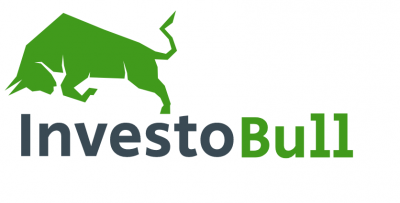









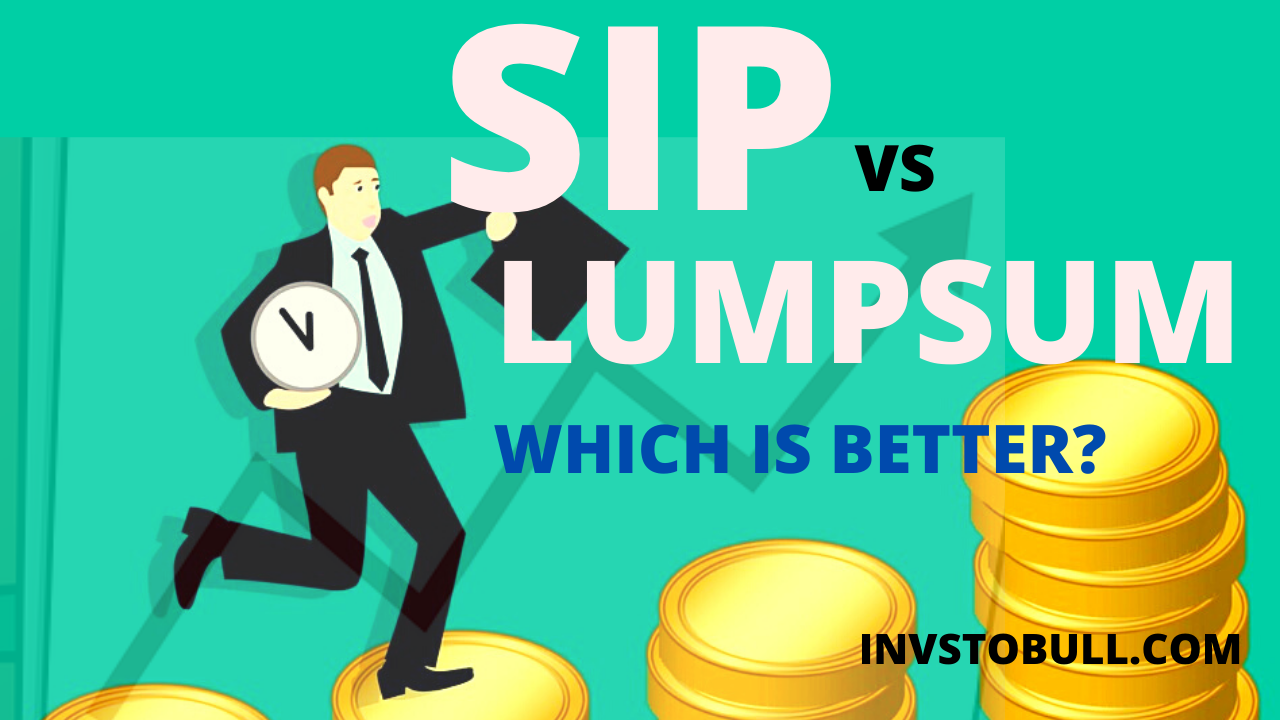
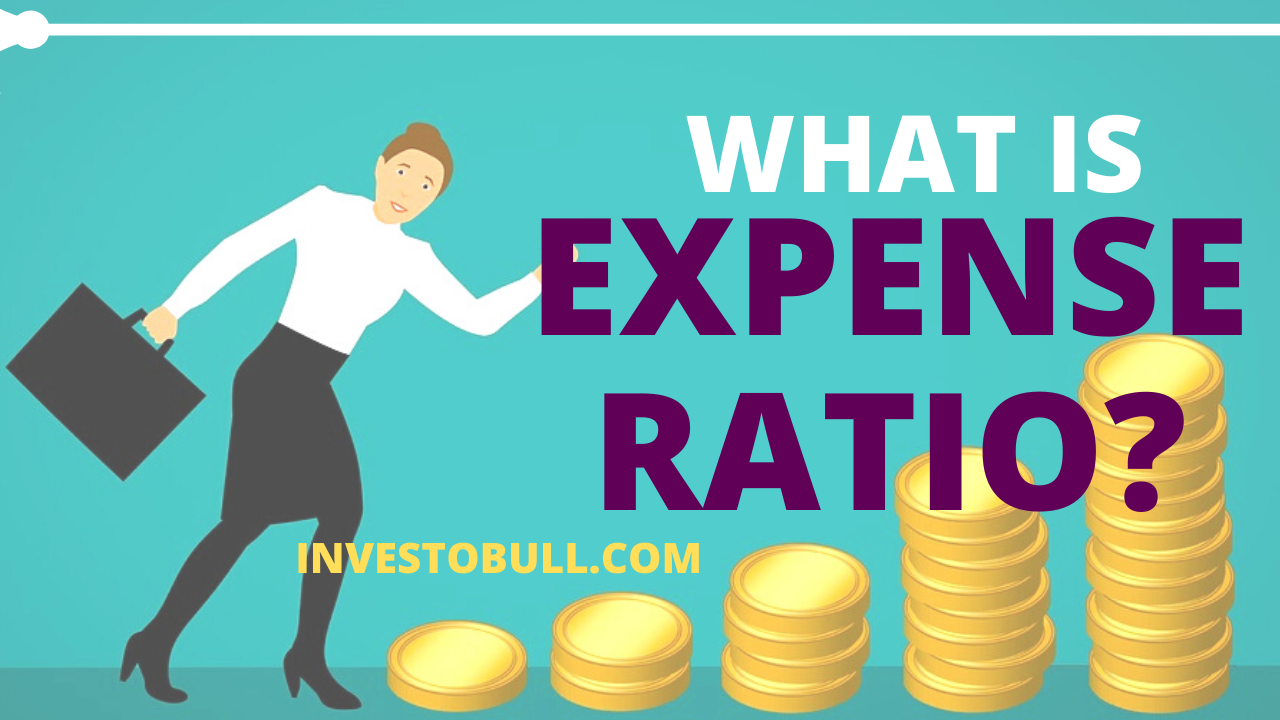




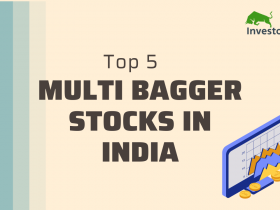
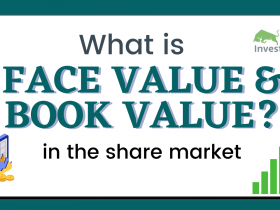
Leave a Reply